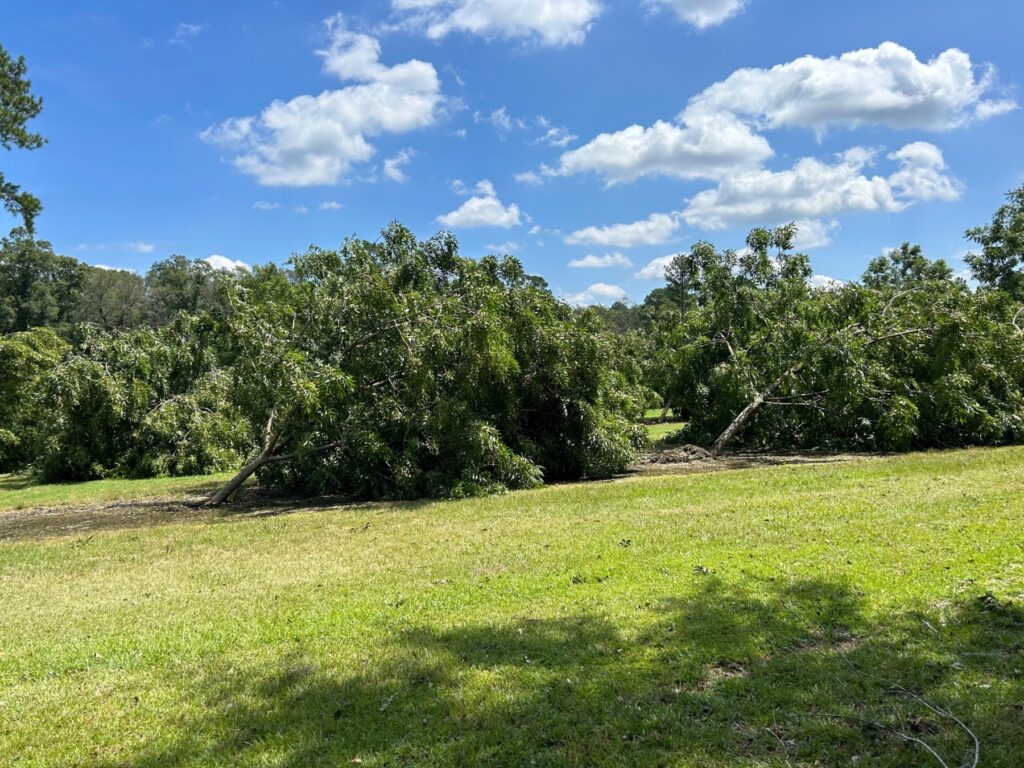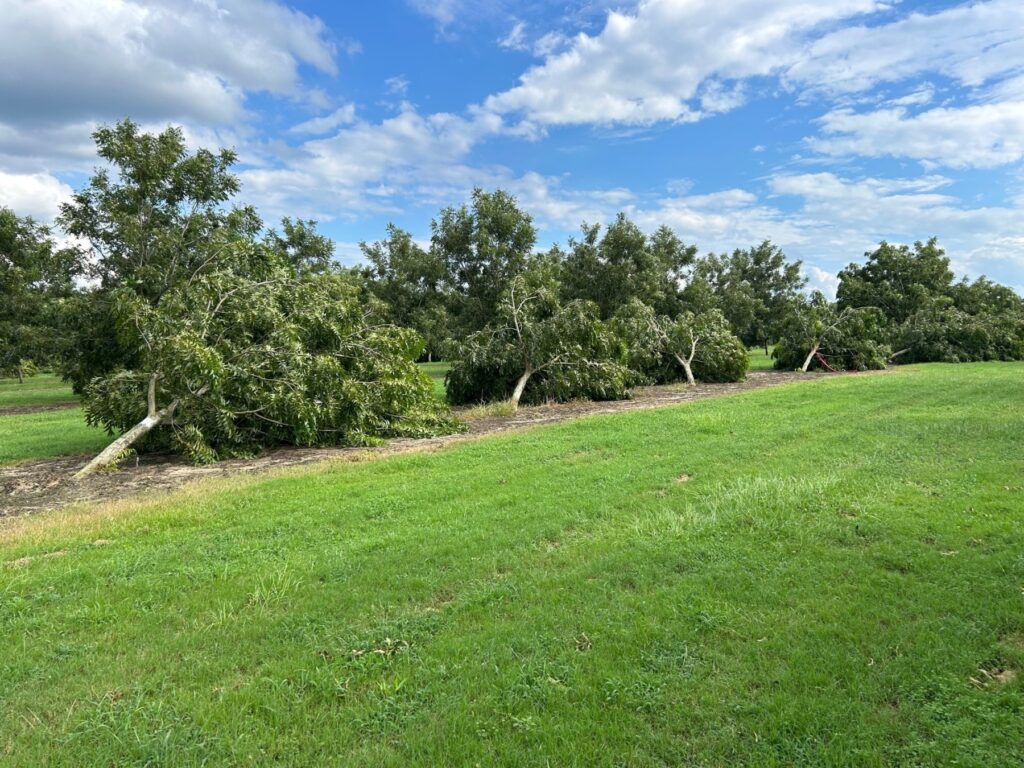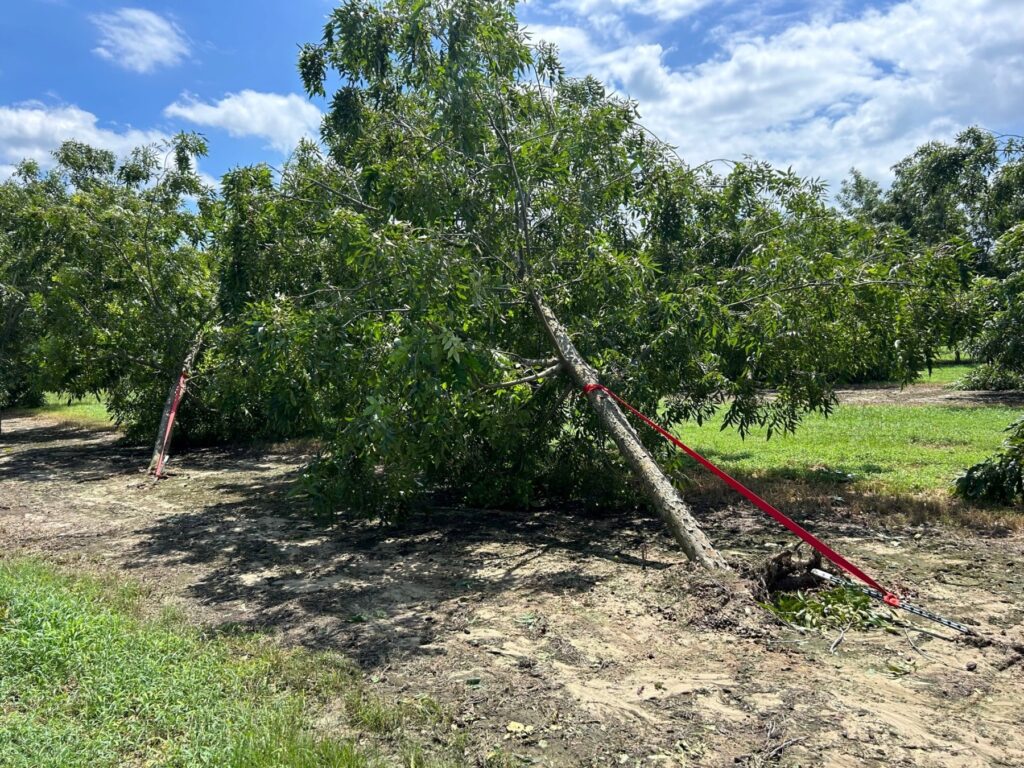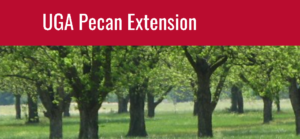
Sep 11, 2023UGA Extension reports Hurricane Idalia pecan tree damage
Hurricane Idalia brought southern Georgia pecan growers sigificant damage.
Crop loss in the southern part of the state, where most of Georgia’s commercial pecan production occurs, could be as high as 50%, due to the storm blowing nuts from trees, Lenny Wells, a University of Georgia professor of horticulture and Extension horticulture specialist for pecans, said in a UGA Extension blog post.

From the information Wells has received, the worst damage to pecans from Idalia appears to be from the southwest corner of Georgia around Bainbridge along the Georgia-Florida state line through Thomas and Brooks counties into Valdosta, then up through Berrien, Cook and Irwin counties, in the south-central part of the state.
From there, damage occurred over to Ware and Pierce Counties, in the Waycross area. The damage extends northward to Savannah and west to Montgomery County, in Mount Pleasant, adjacent to Vidalia. Damage there, however, is more sporadic and of less severity, Wells said in the posting.
“This is consistent with what we normally see in that the further north you go, the less damage there is,” Wells said in the post. “In the hardest hit areas, it is approaching Hurricane Michael scale. Those that got hit, got hit bad, but from a state perspective, the damage is far less than Michael.”

Hurricane Idalia entered Georgia near Valdosta, Georgia, as a Category 1 Hurricane with maximum wind speeds of 90 mph.
“So far, with the exception of counties along the Florida border, most of the serious damage seems to be largely confined to that part of the state east of I-75,” Wells reported. “All affected growers I have spoken with along the storm’s path are estimating at least 50% crop loss in the form of nuts blown from trees,” Wells reported in an initial storm observation.
Thousands of trees have been lost from the state line up to Berrien and Cook counties and as far west as Irwin County. Those counties are in the south-central part of Georgia.
Several large growers have reported an estimated 10,000-15,000 trees down from their orchards. Percentage of downed trees in this most severely impacted area range from 30%-80% of the trees down, Wells said in the blog.
 “Most of these are in the form of younger trees (20 years and under) that just uprooted and blew down or leaned over,” Wells said in his report. “There is also much limb breakage of older trees as the limbs were heavy at this time of year. In addition, there is crop loss from nuts blowing out of the trees. The estimates on that range from 105-80% of the crop blown out along the storm’s path moving North from the state line.”
“Most of these are in the form of younger trees (20 years and under) that just uprooted and blew down or leaned over,” Wells said in his report. “There is also much limb breakage of older trees as the limbs were heavy at this time of year. In addition, there is crop loss from nuts blowing out of the trees. The estimates on that range from 105-80% of the crop blown out along the storm’s path moving North from the state line.”
As for crop loss, east side of I-75 likely produces about a third of the state’s crop and as an early estimate, Wells reported the production region lost an average of 33% of the crop. Growers on the south end lost more than that in some cases, Wells reported.
“We really won’t know the extent of crop loss until we get into harvest because, when we have storms like this in which the wind beats the trees around, even the nuts that remain on the trees can incur some damage as the xylem connections between the stem and nut can be damaged and as a result, the flow of nutrients and water may not be sufficient to develop and mature the kernel properly,” Wells reported. Damage to shucks banging together can lead to similar issues.Reports from growers along the path of the storm suggest that the greatest tree loss occurred for trees in the age range of 20 years and younger. Many of these trees were blown over. Some growers in the hardest hit areas report 80% loss or more in some orchard blocks of trees in this age range.
Many limbs of all sizes are down as well. According to reports Wells received, trees roughly 25 years and older, especially where hedging was employed, suffered less damage.
Wells is part of the UGA Pecan Team, which provides timely information relevant to Georgia pecan production for use by county Extension agents and pecan growers.
Wells’ research and Extension programs focus on practical cultural management strategies that help to enhance the economic and environmental sustainability of Georgia pecan production.







